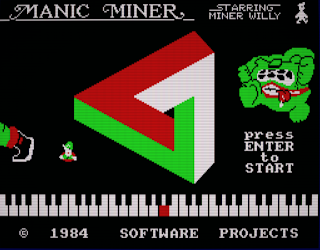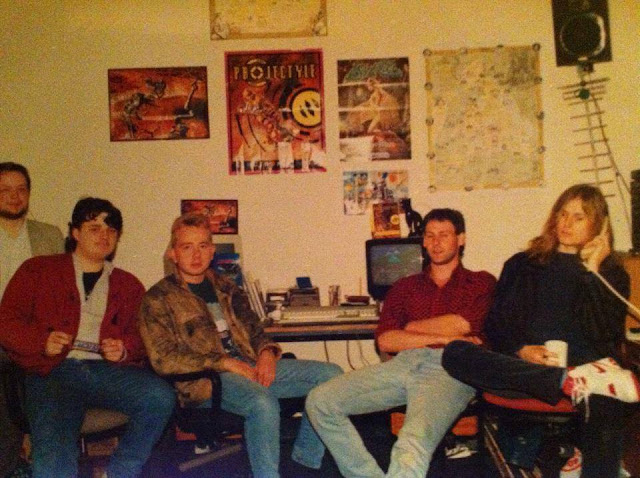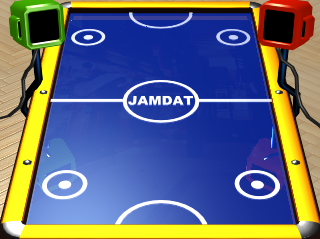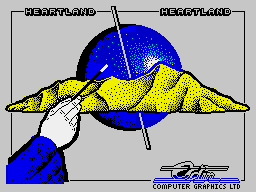Infinite Blocky Runner: A Game in 256 Bytes!

Here’s my entry for a Z80 coding competition I entered just a few years ago, in 2016! The challenge was to come up with a Sinclair ZX Spectrum game in 256 bytes without using ROM routines, so the entire game is self-contained - input handling, rendering, data, code, everything. For reference, 256 bytes is about the size of this ray gun sprite, which is 16x16 pixels at 1 byte per pixel (256 colors): Here’s my entry, “Infinite Blocky Runner“ (see below). I've posted the source code for this on my Github here . At the very least, this effort fits in (exactly) 256 bytes. I know of a couple of issues (the progress bar at the top will probably wrap in odd ways, should you progress far enough). There’s no audio, no difficulty progression, but you can at least die and restart. The code was developed using the ASM80.com site and is formatted using the somewhat quirky code formatter there (so I make no apologies for the layout). I was able to develop and debug entirely using the site. The ...






